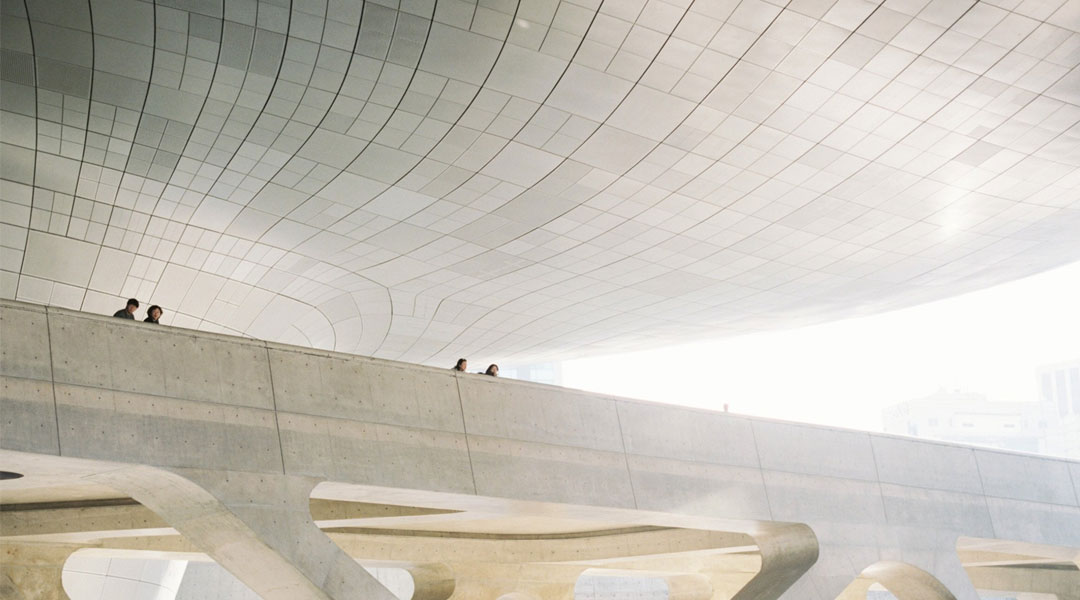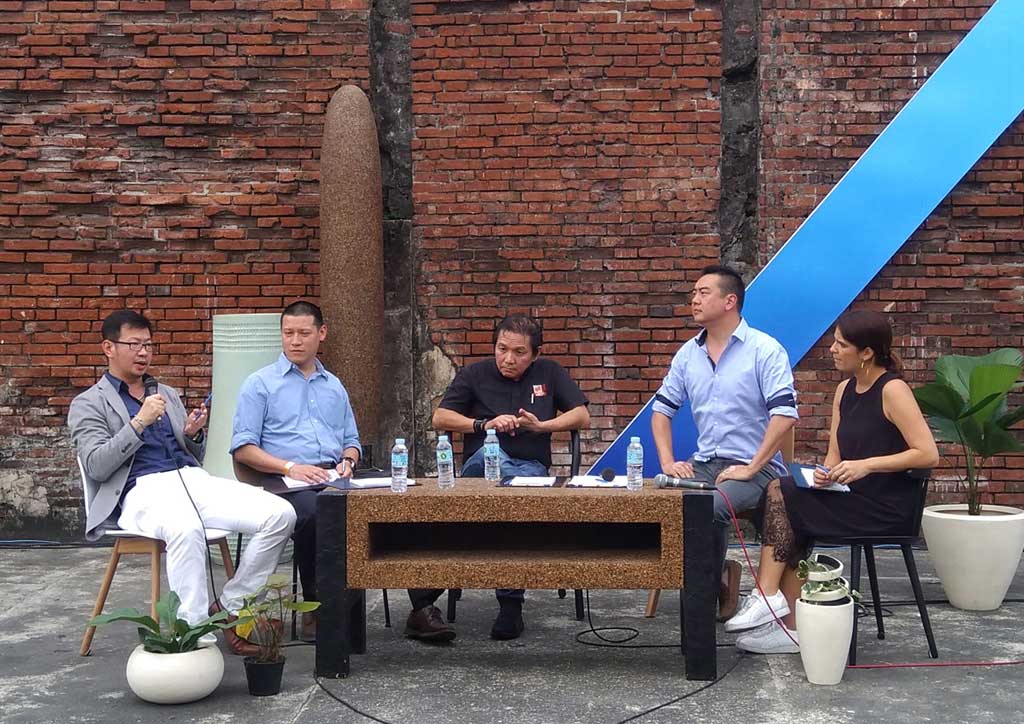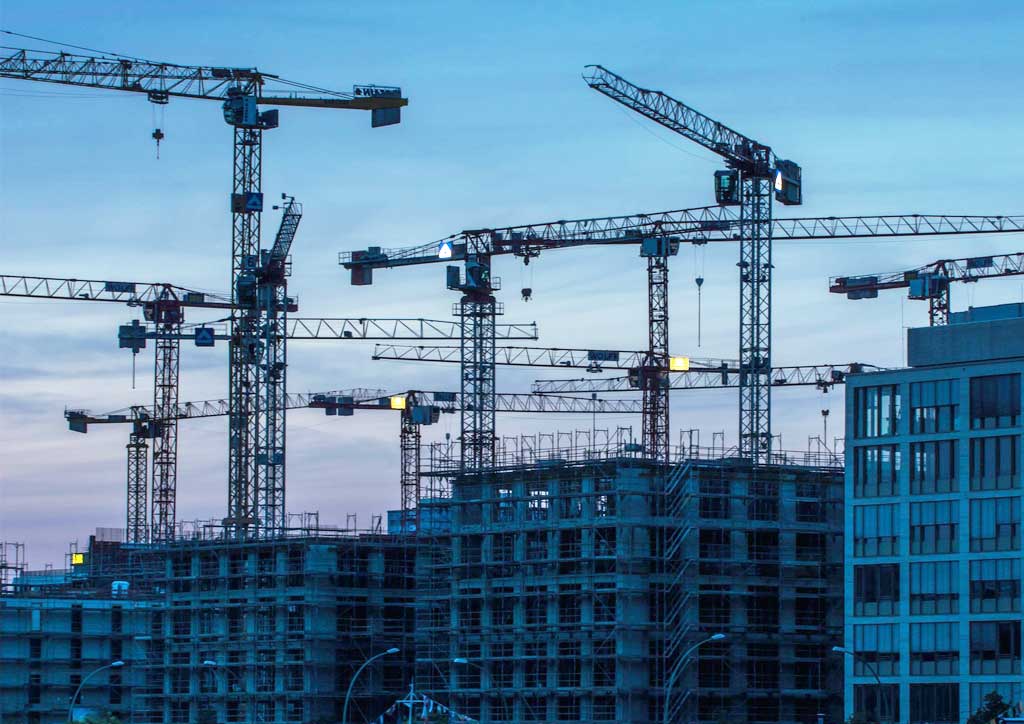
Shelter dialogue recap: Building architecture, disaster-resilience, and AI
In the first recap of the Shelter Talks in Anthology Festival 2018, we talked about Architecture as a global practice. This time, with “Building Architecture,” we review our notes on the execution of architectural designs in the local scene. The dialogue, moderated by urban planner Julia Nebrija, was joined by Danny Tan Ko from Danny Tan Ko and Associates, Miggy Limgenco from G. Limgenco Arkitekto, Jose A. Sy from Sy² + Associates, Inc., and Sylvester Wong from AECOM.
Building architecture in the PH
“The Philippines also has the same risks as California, Japan, and New Zealand. But in terms of our practice of architecture as well as structural engineering, I’d say we aren’t at par with them yet,” said Structural Engineer Jose “Boy” Sy.
Sy frankly shared facts about the current status of the industry, and how the Philippines hasn’t updated its “obsolete building code” to cope with the ever-changing environmental situation. However, he also mentioned the efforts of companies to address current issues, such as site-specific consultancy, resource exchanges, and the utilization of more advanced technology like simulations.
“With the advent of globalization, all of us have to level up or be left behind,” Tan Ko says. He also shared how small-sized companies like his meet the demands of globalization in building architecture. “There’s a lot of consulting going on—you need to have those good consultants. In order to simplify everything, you make sure that your building documents are complete and comprehensive. Don’t be content with what is required by the Building Code.” Tan Ko also suggested providing a one-stop-shop for clients, but still upholding specialization.

From the international point of view, urban planner Sylvester Wong said that all that he’s heard in the discussion so far was pointing to something that he has seen around the world: the multi-disciplinary integrated approach, whether it’s an architecture or construction project. Learning bits of every discipline in the industry helps in understanding the current needs of the population. He stressed that this approach is an asset in building architecture in the Philippines, and the country’s becoming a leader in the industry.
Miggy Limgenco said that in order to take advantage of this integration, architects, and builders need to be more diverse in their expertise or know-how, then work more with other professionals.
Adaptation to climate and urban situations
Another point that the panelists discussed is the adaptability of structures in the country to climate change, the activities of the Pacific Ring of Fire, and other risks especially in urban locations.
“Philippines is a unique country. Unlike in Singapore and Bangkok, where they don’t have any earthquakes, the Philippines has earthquakes and typhoons—that’s the problem. So for example, when the architect comes from a non-seismic region, he couldn’t understand why our columns are about 1.5 x 1.5 . . . Basically, these are some minor areas that we can educate the foreign consultants, in terms of what we need in order to design a building to make it more resilient,” explained Sy.
He stressed that the early stages of designing a building is crucial to making a fabric adaptable to the natural and urban situations, especially in a country like ours. Sy also emphasized the importance of doing earthquake simulations to test buildings in order to really see how the structure withstands or performs under such situations.

In terms of materials, the Philippines, according to Wong, is the top consumer of cement per capita in the world. This is because another building material like steel, as Sy explained, is still imported and is more expensive compared to cement. Besides, there aren’t enough talents and understanding in dealing with other materials.
Quicker execution with planning and advanced technology
With the requirements of globalization and the continuous changes in the environment and society, building architectural designs needs to be faster and safer.
Wong pointed out the significance of starting from the very beginning. “What we’ve been doing in a lot of countries at AECOM, is do more planning early, get more experts in early in both international and local because these folks will know what it takes to get something done on the ground, and innovate in the beginning,” he shared. He also expounded on the cost-efficiency of better planning early and incorporating better materials.
Julia Nebrija added, “I do think it’s true, when we’re talking about trends and innovation, you think it’s always going to be something shiny and new. But actually, it’s also about ‘doing our homework upfront.’ If we have a good plan, it’s going to move faster. It’s going to be, obviously, a lot more successful in the long run.”
While designing better plans is advocated in the dialogue, incorporation of technology in any project is inevitable, especially with innovation and globalization. So, on the topic of artificial intelligence, Wong suggested that the use of such technological advancement can really make a difference in performing complex and dangerous tasks in designing and constructing a building, as well as manufacturing the materials for building. He also mentioned utilizing virtual technology in planning smart cities, and creating “digital twins” of these cities to experiment with and test feasibility.


